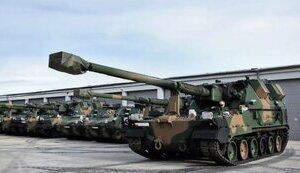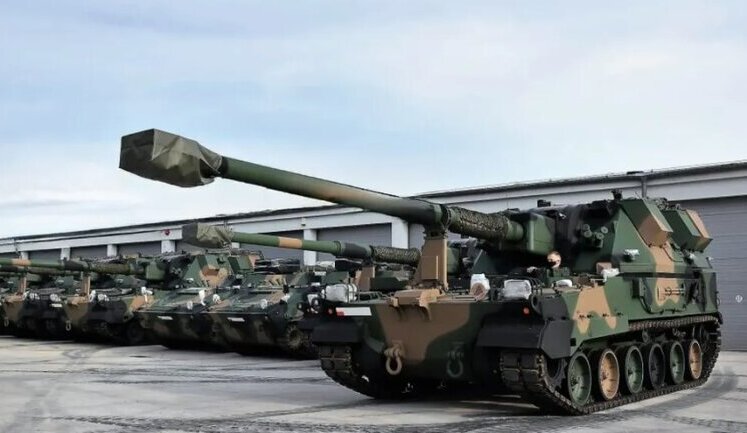Ukraine's defense sector has seen significant activity, as the National Bank of Ukraine urges banks to support domestic arms manufacturers through increased lending. The country's endeavors to bolster its defense capabilities are mirrored in developments such as the approval of over 100 new Ukrainian-made weapon systems by the Ministry of Defence in October. Additionally, Ukraine is navigating the complexities of arms exports, with President Zelenskyy advocating for a controlled export program to capitalize on surplus weapons and sustain the defense industry. International dynamics play a critical role, with NATO countries, under political pressure, engaging in the PURL initiative to procure U.S. weapons for Ukraine. Meanwhile, geopolitical tensions persist, as the U.S. evaluates arms transfers in the context of long-range missile strikes reaching Russian territory. The interplay of domestic growth and international collaborations highlights Ukraine's strategic position in global defense networks.
What steps is Ukraine taking to boost its defense industry through banking support?
The National Bank of Ukraine has urged commercial banks to increase lending to domestic defense manufacturers. This initiative aims to strengthen the defense sector by ensuring sufficient capital for innovation and production of advanced weapon systems. The move underscores a national priority to enhance military capabilities and sustain economic growth within the defense industry, which is crucial for both national security and economic resilience.
How does Ukraine plan to manage its surplus weapon exports?
President Zelenskyy has announced a strategy for controlled exports of surplus weapons, ensuring compliance with international regulations and maximizing economic benefits. The government is actively establishing agreements with select sites for exporting these arms, which is pivotal in maintaining defense industry jobs and generating revenues. This approach allows Ukraine to strategically position itself in the global arms market while meeting domestic defense needs and international commitments.
What are the challenges facing Ukraine's arms export resumption?
Ukraine's government is working to unblock arms exports, but industry experts anticipate delays, with the first contracts expected by late 2026. Challenges include navigating international regulations, securing necessary authorizations, and establishing reliable export channels. The complexities of global defense trade and geopolitical considerations further complicate these efforts, requiring strategic planning and cooperation with international partners to successfully relaunch exports.
What is the PURL initiative and its significance for Ukraine?
The PURL (Prioritized Ukraine Requirements List) initiative is a NATO-endorsed program aimed at coordinating the procurement of American weapons for Ukraine. This effort is vital for bolstering Ukraine's defense capabilities in its ongoing conflict with Russia. The initiative highlights international support for Ukraine and underscores the geopolitical importance of equipping Ukrainian forces with advanced military technology to maintain regional stability and security.
How does the U.S. government shutdown affect arms supplies to Ukraine?
Recent reports indicated the U.S. government shutdown might hinder arms supplies to Ukraine, particularly affecting NATO transfers. However, President Zelenskyy confirmed that deliveries continue despite bureaucratic disruptions. While the shutdown poses logistical challenges, ongoing diplomatic efforts aim to ensure sustained military support for Ukraine. This situation highlights the importance of international cooperation and contingency planning in defense logistics.







































































